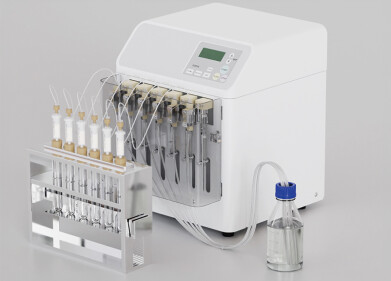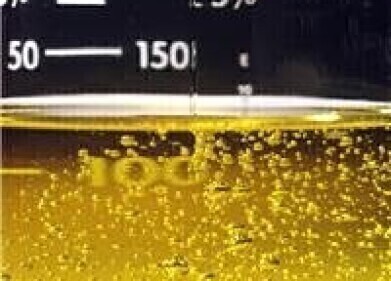Solid phase extraction (SPE)
What Are Triple Hyphenated Techniques?
Mar 29 2022
When it comes to separating different components, researchers have a range of techniques at their disposal. Liquid chromatography, gas chromatography and capillary electrophoresis allow scientists to break down substances into their individual parts.
Hyphenation takes that one step further, coupling these separation methods with spectroscopic detection to add identification and quantification to the analysis. However, hyphenation doesn’t stop at two methods. In many cases, scientists will “hyphenate” with three techniques…
Hyphenated and beyond…
As mentioned, hyphenation improves analysis by pairing separation with detection for identification or quantification purposes. Some of the most popular techniques include gas chromatography-mass spectrometry (GC-MS), liquid chromatography-mass spectrometry (LC-MS), gas chromatography Fourier-transform infrared (GC-IR) and liquid chromatography Fourier-transform infrared (LC-IR).
But when Thomas Hirschfield coined the phrase “hyphenation” in 1980, there was no limit on the number of techniques that can be combined. As well as combining separation and detection, researchers can add additional methods to improve sample preparation or enhance detection capabilities.
Sample preparation
Two of the options when it comes to sample preparation are solid phase extraction (SPE) and large volume injection (LVI). Each has their own benefits to the analysis in question.
SPE is typically used to remove interfering components from a sample or concentrate analytes that are of particular interest. On the other hand, LVI is generally used when trace components in a sample have to be analysed with low concentration levels. By injecting a larger sample than usual, the sensitivity is increased for the subsequent techniques.
Detection
In terms of detection, there are several commonly used techniques which can be coupled to improve results. These include mass spectrometry (MS), nuclear magnetic resonance (NMR), Fourier-transform infrared (IR), thermal lens spectrometry (TLS) and photodiode array detectors (PDA).
Tandem mass spectrometry (MS/MS) uses two mass spectrometers to further separate similar components for better identification. The first spectrometer separates components by their mass-to-charge ratio, before smaller, similar fragments are selected and introduced into the second spectrometer.
An example of this comes in the article ‘Analysis of Fenfluramine and Norfenfluramine in Mouse Brain and Cerebellum by Liquid Chromatography Tandem Mass Spectrometry using a Novel Solid-Supported Liquid Extraction’, where the technique is coupled with liquid chromatography for the quantitative determination of the antiepileptic drug, fenfluramine.
Of course, different methods can also be coupled – such as NMR and MS. LC-NMR-MS, for example, can be used to overcome the spectroscopic overlap that LC-MS alone may encounter. This was the case for the analysis of carbohydrates in beer, which identified distinct oligosaccharide compositions as a result of different production conditions.
Events
May 11 2025 Vienna, Austria
May 18 2025 Tempe. AZ, USA
May 21 2025 Birmingham, UK
Jun 01 2025 Baltimore, MD, USA
Jun 15 2025 Bruges, Belgium














